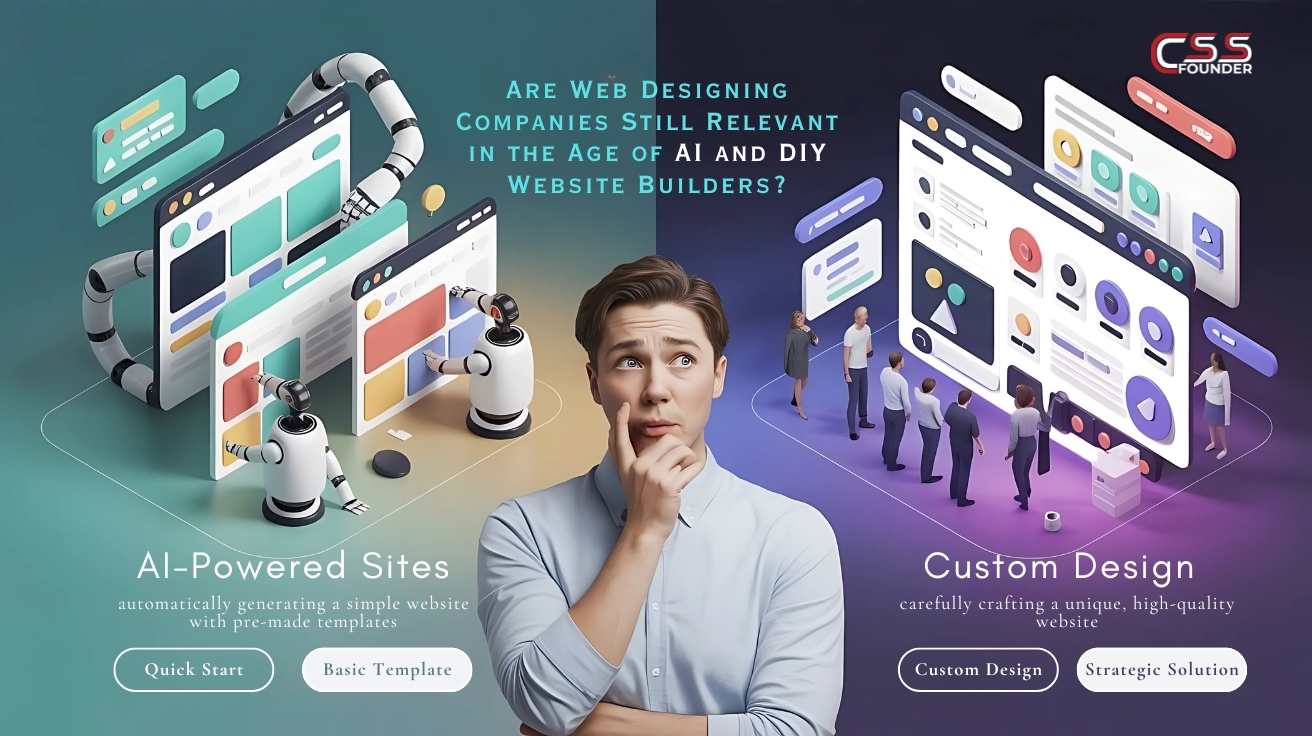In today’s mobile-centric world, responsive web design has become a critical aspect of creating a seamless and user-friendly online experience across various devices and screen sizes. As technology continues to evolve, the expectations of users and the demands of the digital landscape also change. To stay ahead of the curve, web designers and developers must stay vigilant and avoid common pitfalls that can compromise the effectiveness of their responsive designs. In this blog we shall discuss about 10 Mistakes to avoid for a Perfect Responsive Web Design.

- Neglecting Performance Optimization
With the increasing prevalence of mobile devices and the demand for faster load times, performance optimization is more crucial than ever. Failing to optimize your website’s code, images, and other assets for efficient delivery can result in frustratingly slow load times, especially on mobile devices with limited bandwidth or processing power which further leads to increase in bounce rate factor.
- Overlooking Accessibility
Creating an accessible website should be a top priority for any web designer. In 2024, neglecting accessibility guidelines and best practices can not only alienate users with disabilities but also put your website at risk of legal repercussions. Ensure that your responsive design incorporates features like proper alt text, keyboard navigation, and color contrast ratios to cater to users with diverse abilities.
- Ignoring Mobile Usability
While responsive design aims to provide a consistent experience across devices, it’s essential to recognize the unique challenges and constraints of mobile environments. Failing to optimize for mobile usability, such as implementing touch-friendly navigation, minimizing pinch-and-zoom requirements, and streamlining content for smaller screens, can lead to a frustrating and inefficient user experience on mobile devices.
- Compromising Readability
Responsive web design should prioritize readability, ensuring that content is easily consumable on various screen sizes. Avoid common mistakes like using excessively small font sizes, inadequate line spacing, or poor contrast ratios, which can strain users’ eyes and hinder content comprehension, especially on smaller screens.
- Neglecting Responsive Images and Media
In an increasingly visual world, responsive images and media are crucial for providing an optimal user experience. Failing to implement responsive techniques for images, videos, and other media can result in distorted or improperly scaled content, negatively impacting the overall design and user experience.
- Overlooking Cross-Browser Compatibility
With the ever-evolving landscape of web browsers and their varying rendering capabilities, ensuring cross-browser compatibility is essential. Neglecting to test your responsive design across different browsers and versions can lead to layout issues, broken functionality, or inconsistent experiences for some users.
- Ignoring User Context
Responsive web design should consider the user’s context, such as their location, device capabilities, and environmental factors. Failing to account for these variables can result in suboptimal experiences, such as presenting content or features that are irrelevant or inaccessible to the user’s specific situation.
- Sacrificing Consistency
While responsive design necessitates adapting the layout and presentation of content across devices, it’s crucial to maintain a consistent look, feel, and overall brand identity. Failing to do so can create a disjointed and confusing experience for users, undermining your brand’s credibility and recognition.
- Overlooking Mobile Input Methods
Mobile devices often rely on touch-based input methods, such as tapping, swiping, and pinching. Failing to optimize user interfaces and interactions for these input methods can lead to frustration and hinder the overall usability of your responsive design on mobile devices.
- Neglecting Maintenance and Updates
Responsive web design is an ongoing process that requires regular maintenance and updates to keep up with evolving technologies, design trends, and user expectations. Failing to regularly review and update your responsive design can lead to compatibility issues, outdated aesthetics, and a subpar user experience over time.
By avoiding these common mistakes, web designers and developers can create responsive websites that provide a seamless and engaging experience across various devices and screen sizes. Embracing best practices, staying up-to-date with industry trends, and continuously optimizing for performance, accessibility, and usability will be paramount in delivering exceptional responsive web design in 2024 and beyond.





.png)


